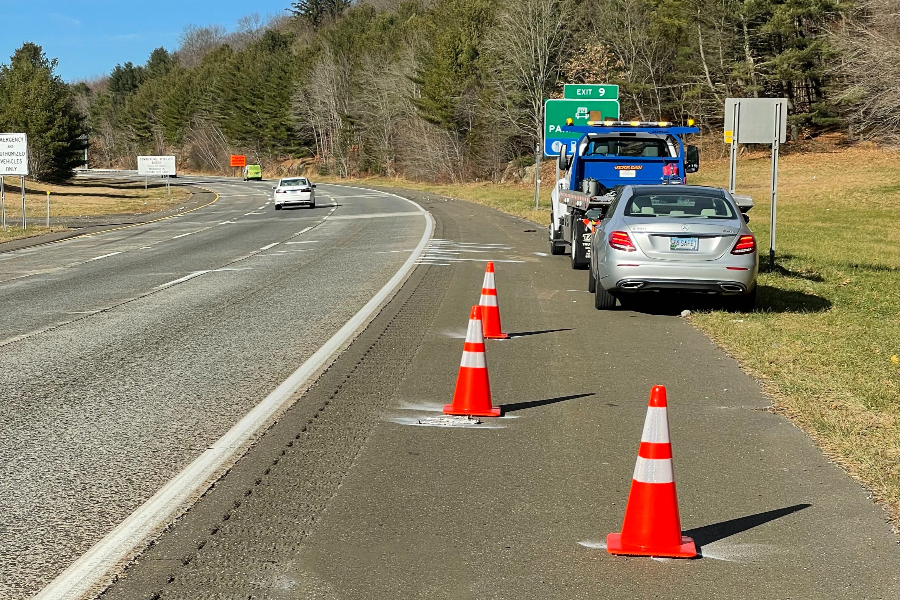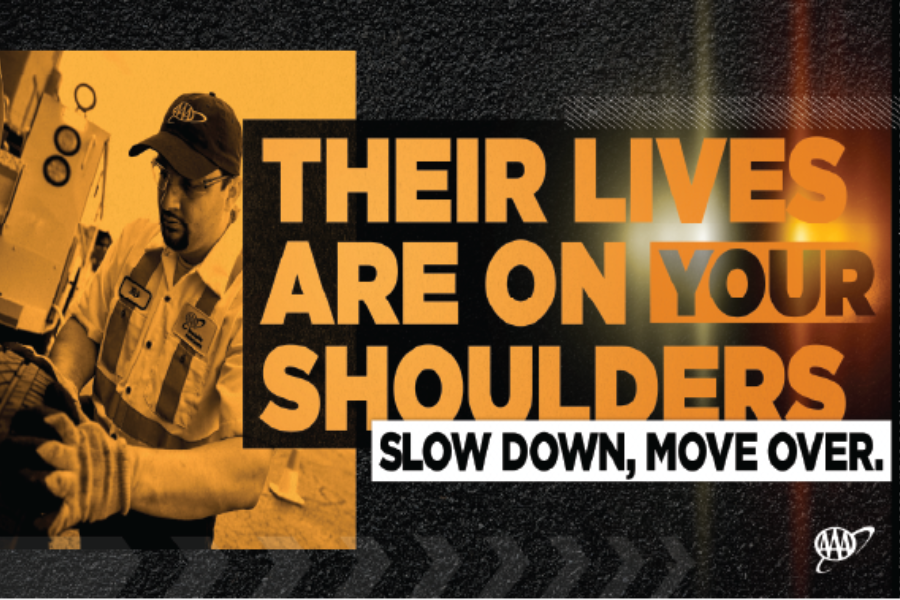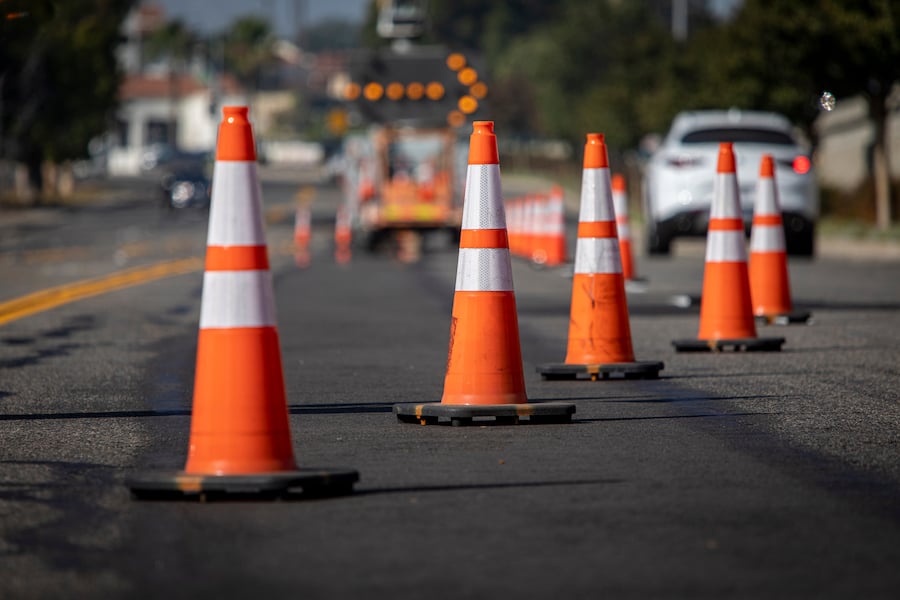Attention Grabbing: Helping Motorists Spot Roadside Workers

Helping stranded motorists on the side of the road should not be one of America's most lethal jobs, but it is. On average, two emergency responders, including tow workers, are struck and killed every month by a driver who fails to obey the law by moving over to an adjacent lane and allowing the roadside rescuers the space to operate, according to the Bureau of Labor Statistics. Roadside crashes are notably deadly for tow workers. Government data shows that tow operators are killed at a rate of almost 43 deaths per 100,000 workers, compared to just three for all other industries.
While all 50 States have Move Over laws, motorist awareness and compliance are inconsistent. These laws require drivers to slow down or change lanes whenever first responders such as police, EMS, fire, and tow trucks are on the roadside. Also, some states have laws requiring drivers to change lanes or slow down when approaching a broken-down vehicle. With highway speeds often over 65 mph, motorists may find it difficult to spot and react to incident response personnel, including tow truck drivers, police, and emergency responders. So what should be done?
The AAA Foundation for Traffic Safety conducted two field studies on busy roads to determine the effectiveness of various countermeasures to protect roadside workers. The Foundation also surveyed tow workers, emergency responders, and road maintenance workers on their experiences with roadside jobs. Of those surveyed, 60% had experienced a near miss while working at the roadside, while an astonishing 15% had survived being hit by a passing vehicle.
The Foundation studied several countermeasures, and an electronic vehicle-mounted variable message sign (VMS) was very effective. With VMS activated, drivers changed lanes and slowed down more than when the VMS was not operating. The odds of a vehicle moving over were 95% higher when the VMS was used. Passenger vehicles were more responsive to the VMS than trucks or buses, although both were more likely to move over when VMS was active than when not. Other countermeasures also have their merits. The Foundation examined cones, flares, and emergency flashing light patterns. The researchers found these led to significant lane shifts by drivers but were less effective at reducing speeds or increasing the distance to the passing vehicles that did not change lanes. It should be noted that due to wildfire concerns, flares may be restricted in some areas.
For complete details on the survey or for other research by the AAA Foundation for Traffic Safety, go to AAAFoundation.org.





